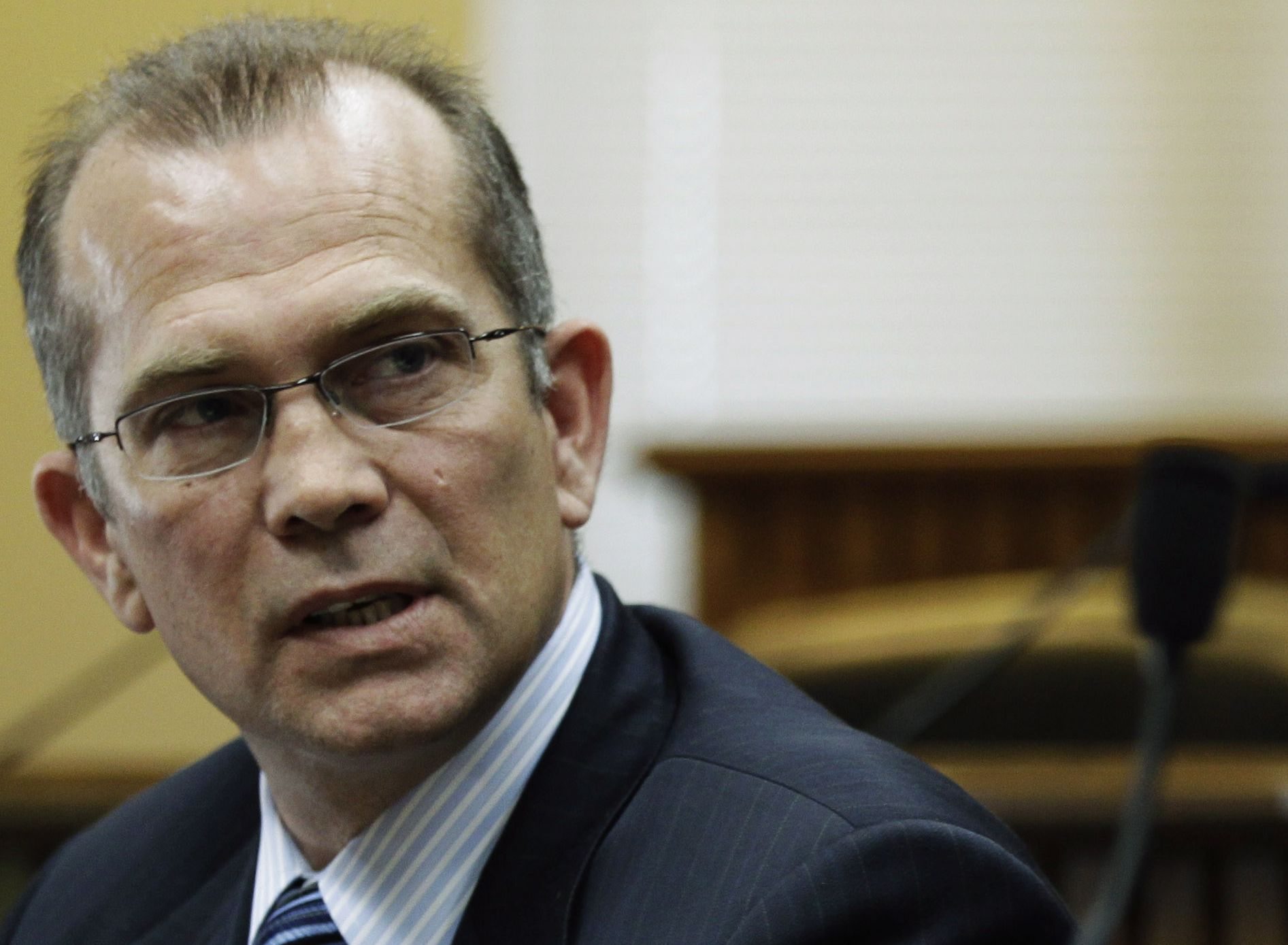OLYMPIA — The cash cushion that Washington lawmakers recently set aside in their budget may not be enough to handle the economic turbulence expected in the months ahead, state forecasters said Thursday.
In a discouraging revenue prediction, economists said they anticipate that the state’s $738 million in budgeted reserves will be whittled down to $163 million in the next two-year budget cycle. Forecasters also warned that there’s a one-in-five chance that risk factors could trigger additional revenue reductions of more than $2 billion.
Marty Brown, Gov. Chris Gregoire’s budget director, said the numbers will take the state into uncomfortable budget territory, but he wouldn’t predict whether lawmakers would have to come back for another special session.
“We will be watching expenditures religiously,” Brown said.
The Legislature and budget writers will now closely watch the next revenue forecast due out in September.
Rep. Ed Orcutt, R-Kalama, said he thinks lawmakers should have set more money aside, especially because economic modeling is so challenging during the recession and because the general trend has been downward.
“This just proves the point that I’ve been trying to make: With so much unpredictability out there and so many downside risks, you need to cushion a little more,” Orcutt said.
Sen. Joe Zarelli, R-Ridgefield, who played a key role in budget negotiations during the session, said, “This forecast has understandably focused attention on how much money the state has in reserve. Between the unrestricted ending fund balance and the rainy day fund, the new operating budget the governor signed yesterday had a reserve of $735 million; today, on paper, that’s down to $163 million.
“I would have been more comfortable leaving an even larger amount in reserve,” Zarelli said, “but reaching this new budget agreement required a number of compromises, and the size of the ending fund balance was one. Our side figured the June forecast would be down significantly, just like the March forecast was, which is why we insisted on policy reforms that will save money going forward, and made sure this new budget was the first one since 1997 to spend less than anticipated revenue.
“Now we wait and see what happens in the third and fourth quarters of this year. If our chief economist is correct about a recovery beginning in the second half, we should be able to wait until 2012 to make any corrections necessary through the supplemental budget process.
“The more we do to promote job growth and economic activity without increasing the tax burden, the sooner we will see a return to positive revenue forecasts,” Zarelli said.
Arun Raha, the state’s chief economist, said downside risks continue to outweigh the chances for an upward deviation. He cited the federal debate over the debt limit that could cause continued economic uncertainty, volatile energy prices, troubled financial markets internationally and questions about economic growth in Asia.
Washington employment has grown less than expected and construction remains in a slump, Raha said. He said the earthquake and tsunami in Japan continues to threaten the state’s recovery.
Wednesday Gregoire approved a new operating budget for the 2011-13 cycle that fills a $5 billion shortfall with some $4.5 billion in spending reductions, relying heavily on cuts to education.
With the state’s unemployment rate at 9.1 percent, Gregoire said Thursday that she’s focused on creating jobs.
“We continue to recover from this recession but not at the rate projected,” she said.
The Columbian contributed to this story.




